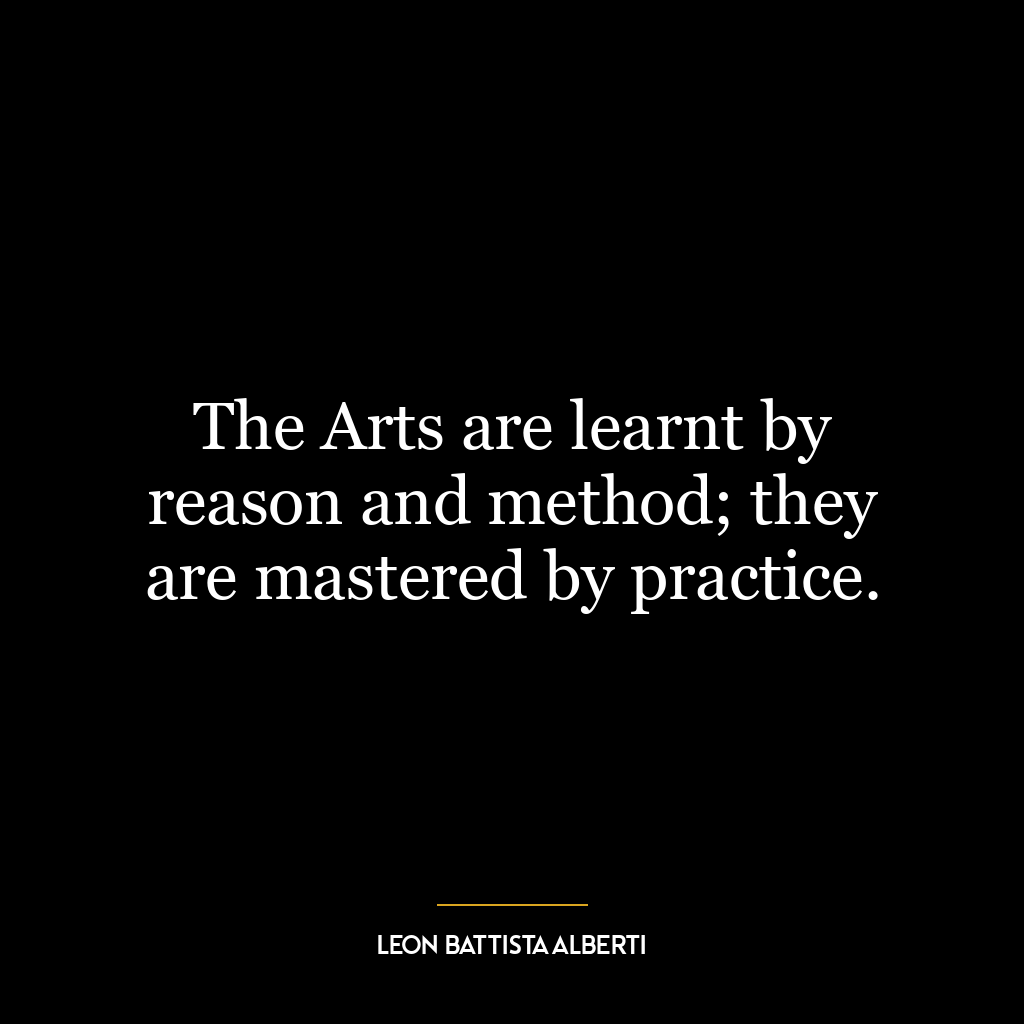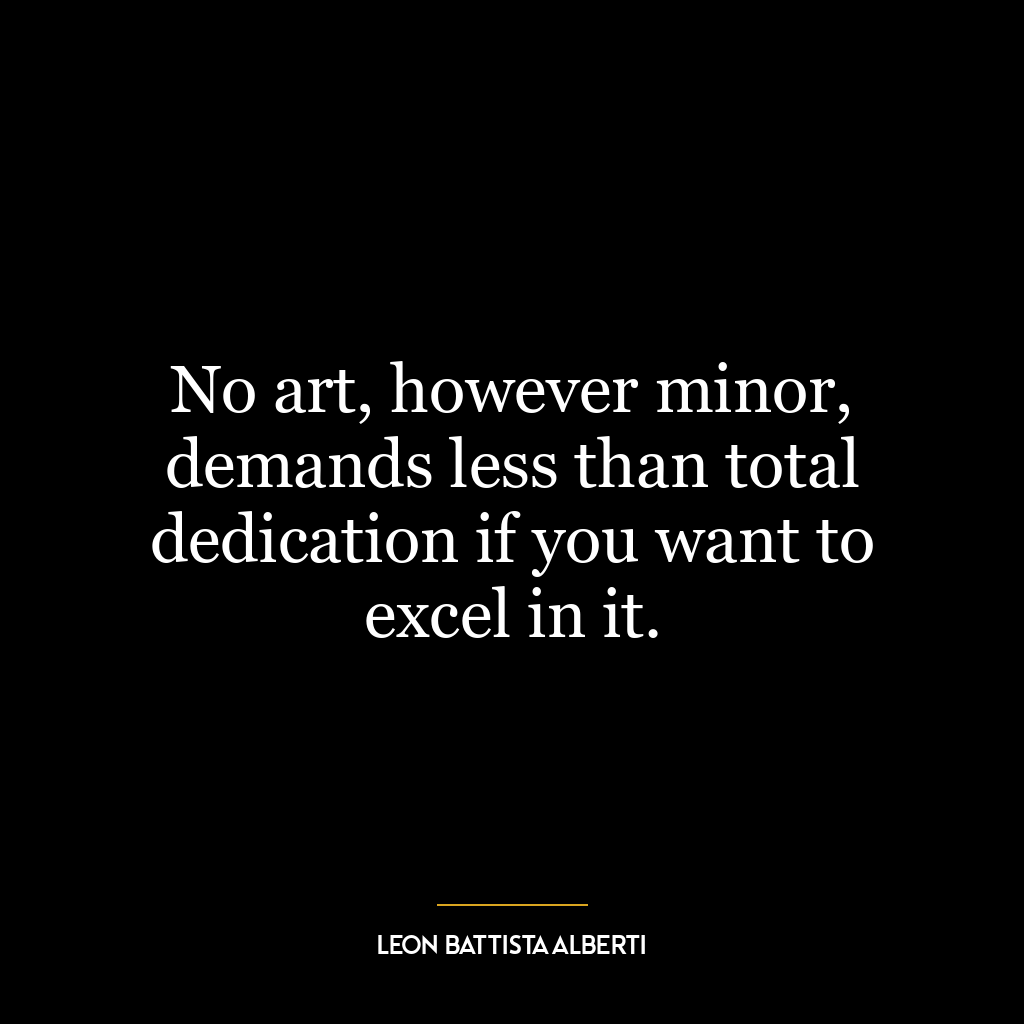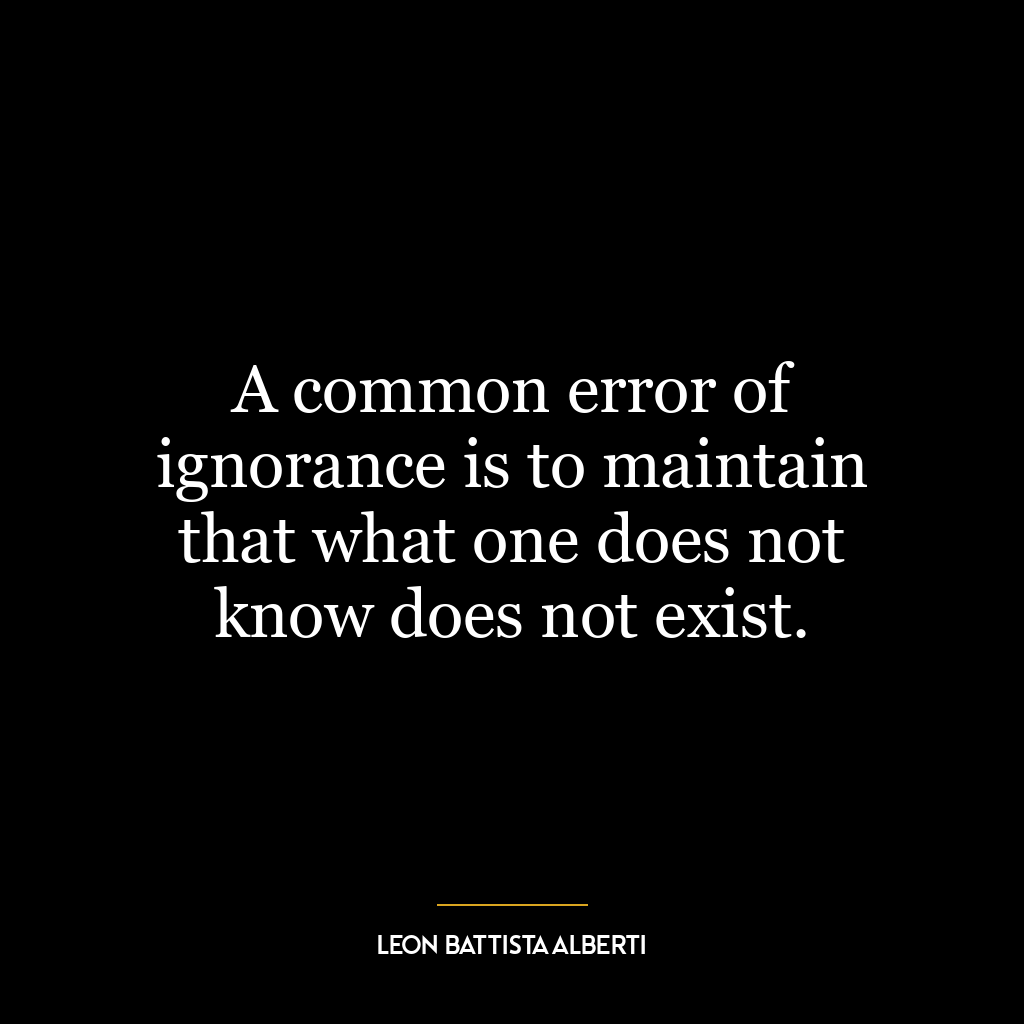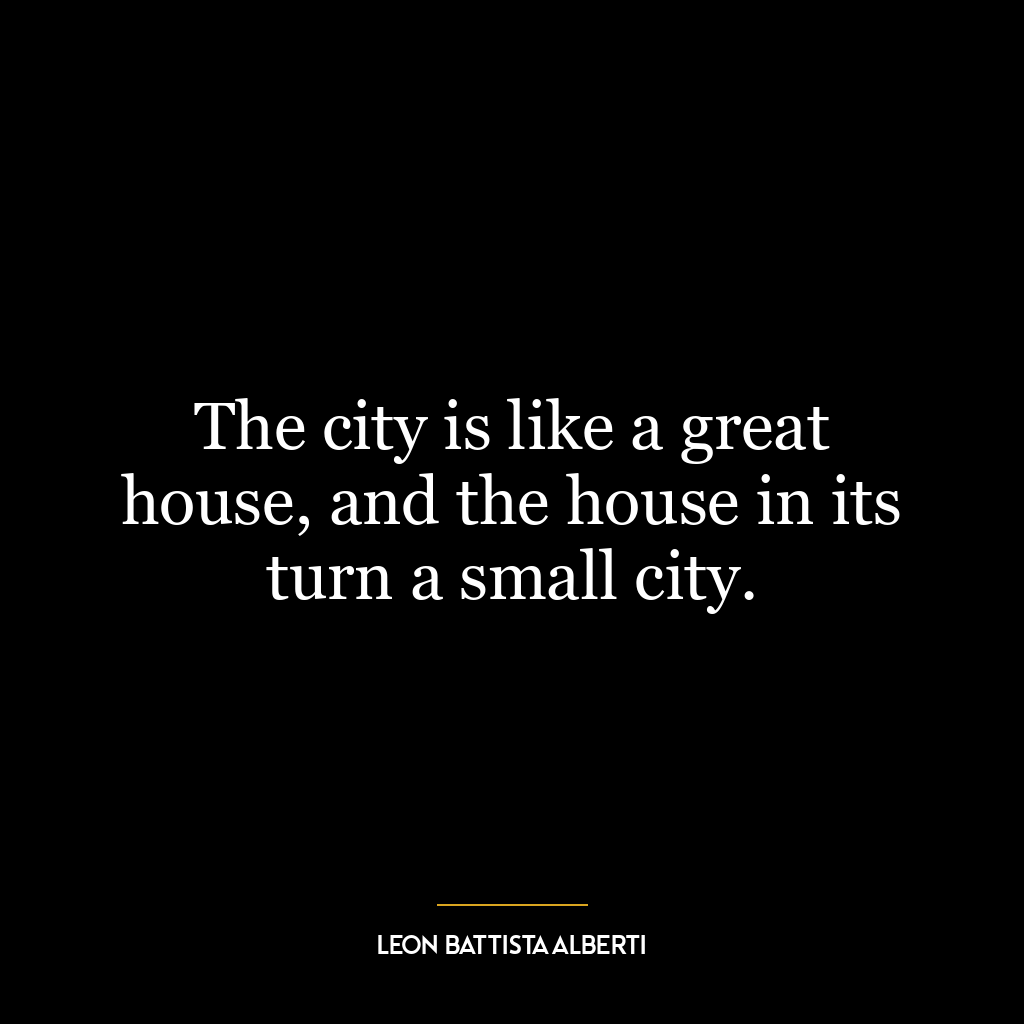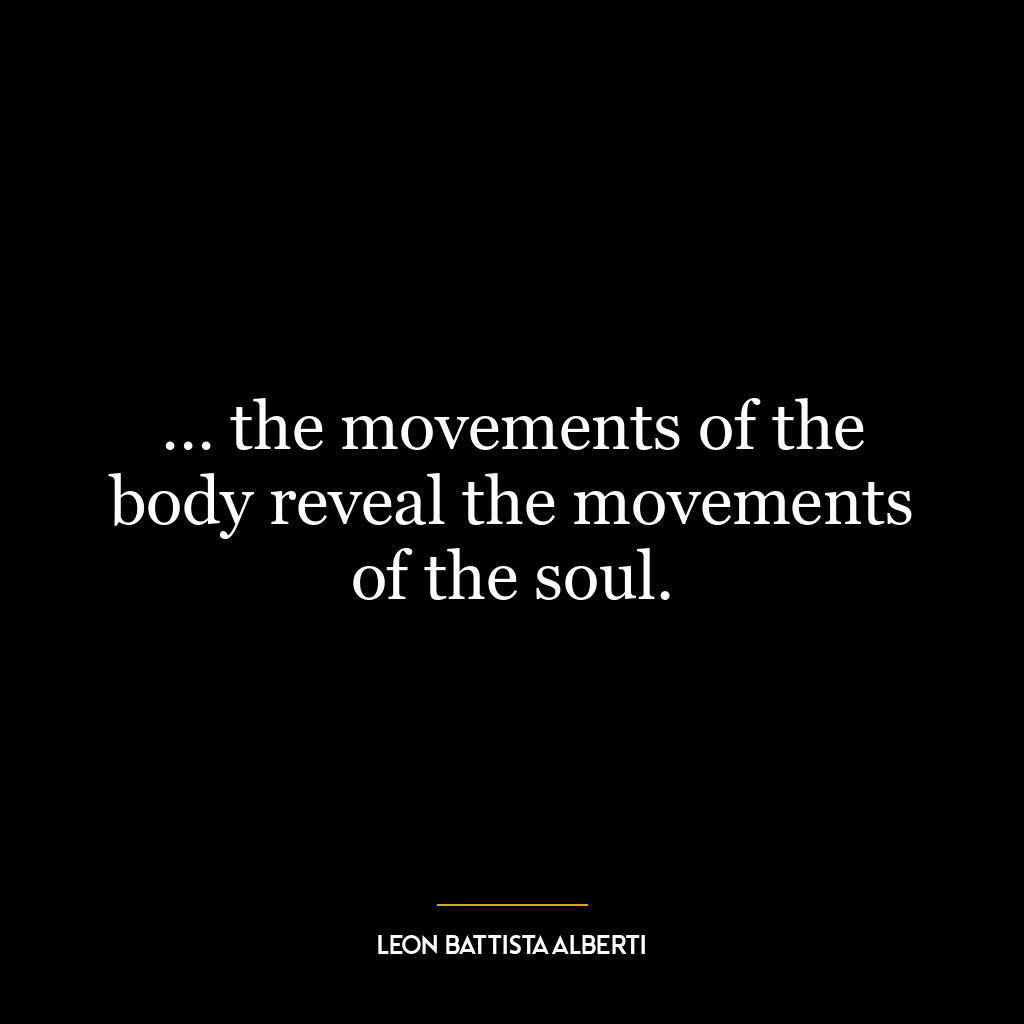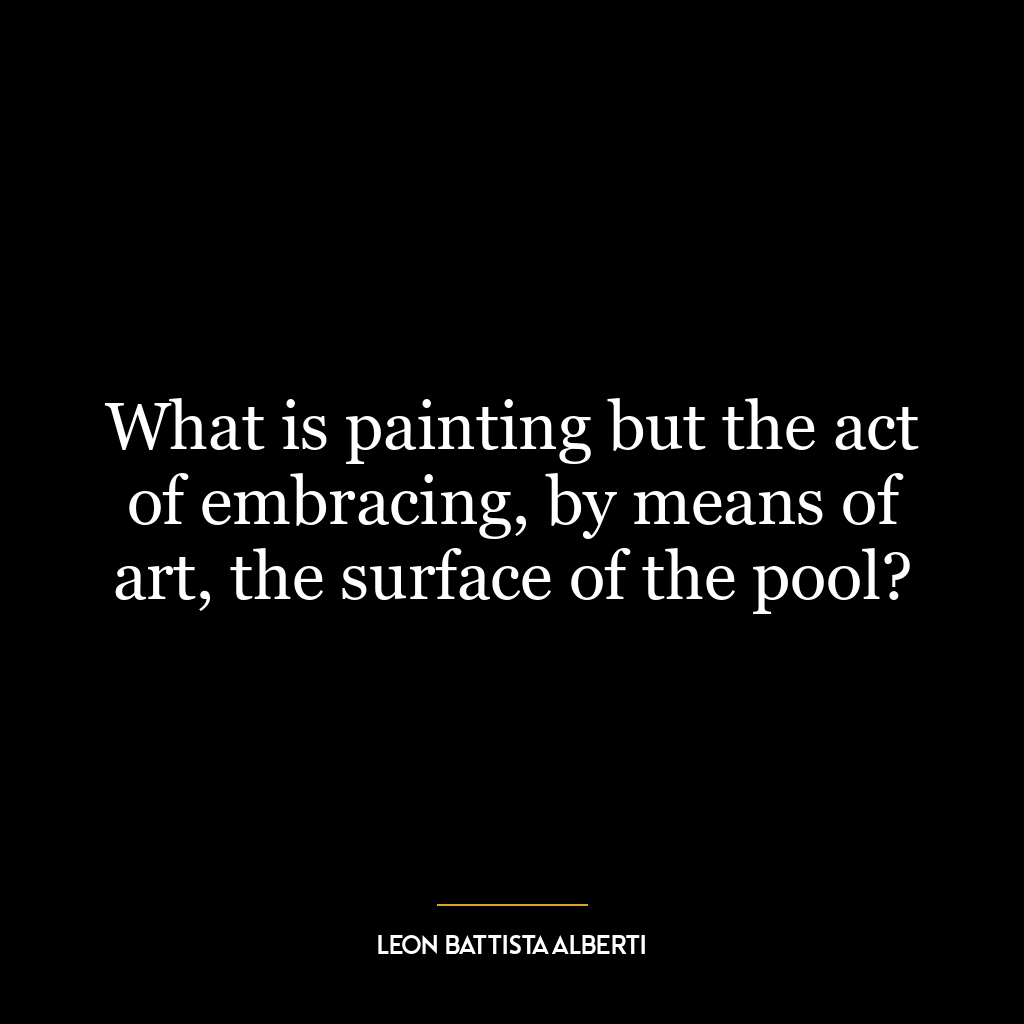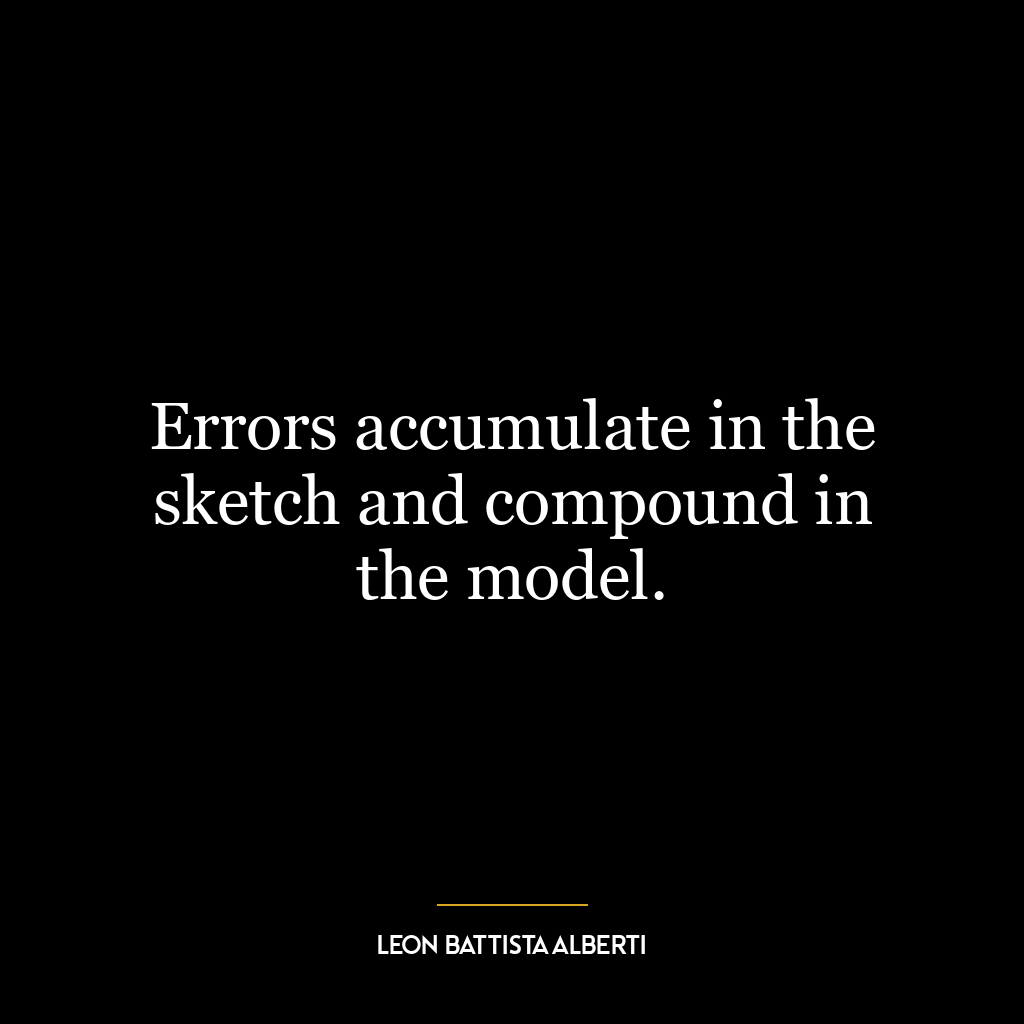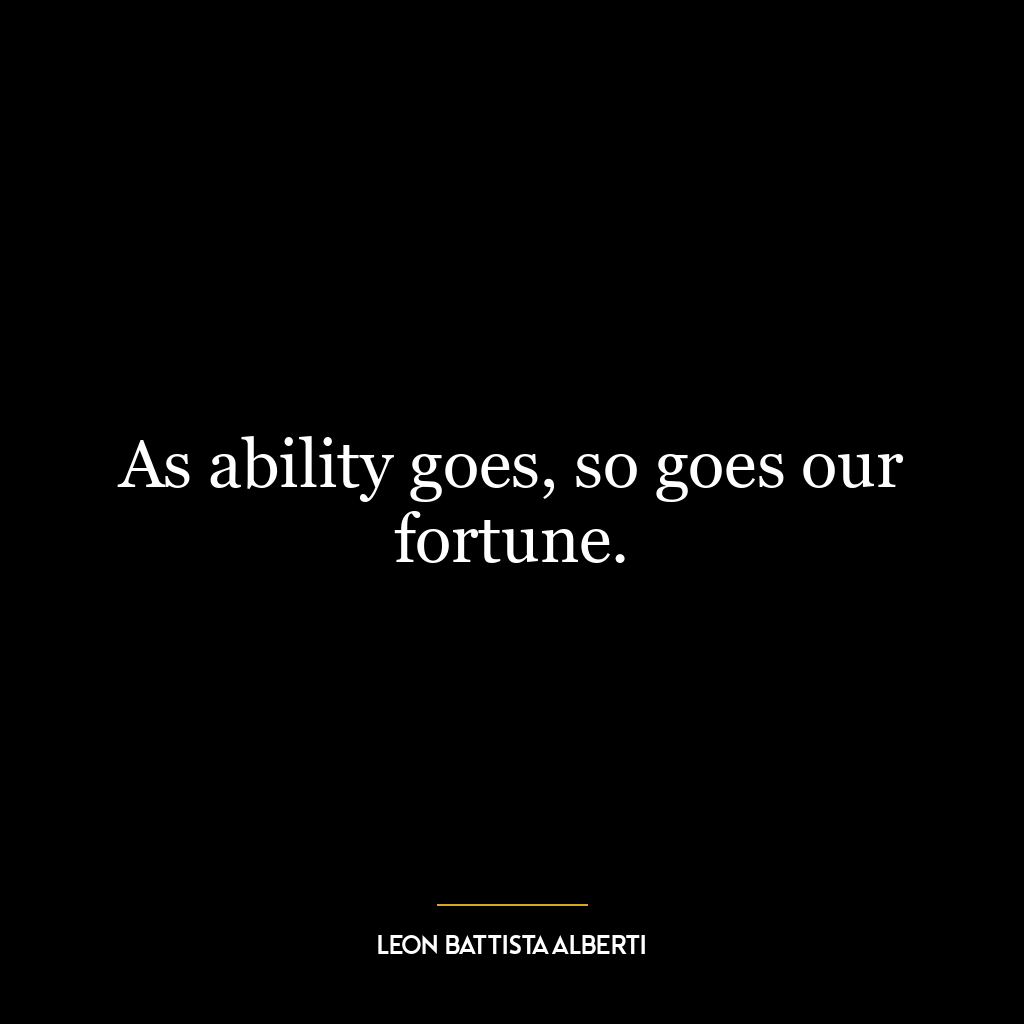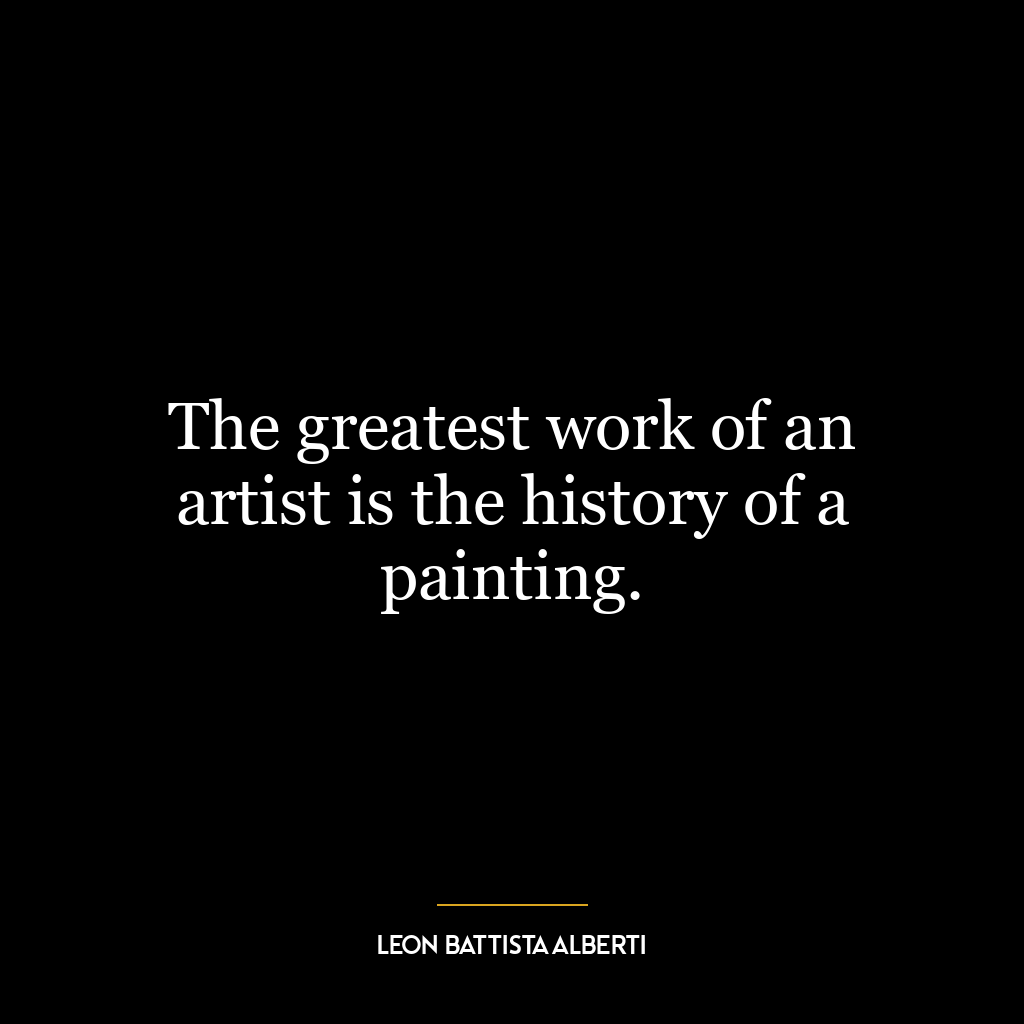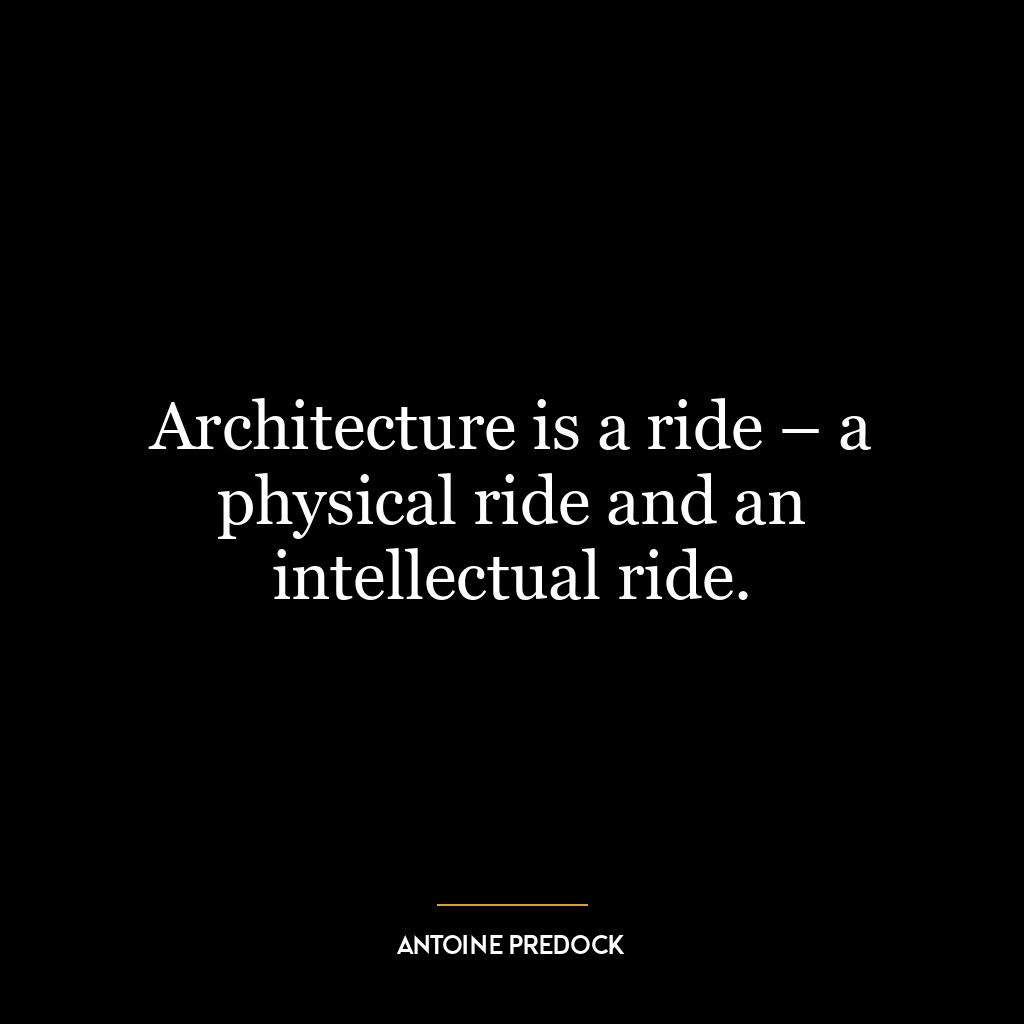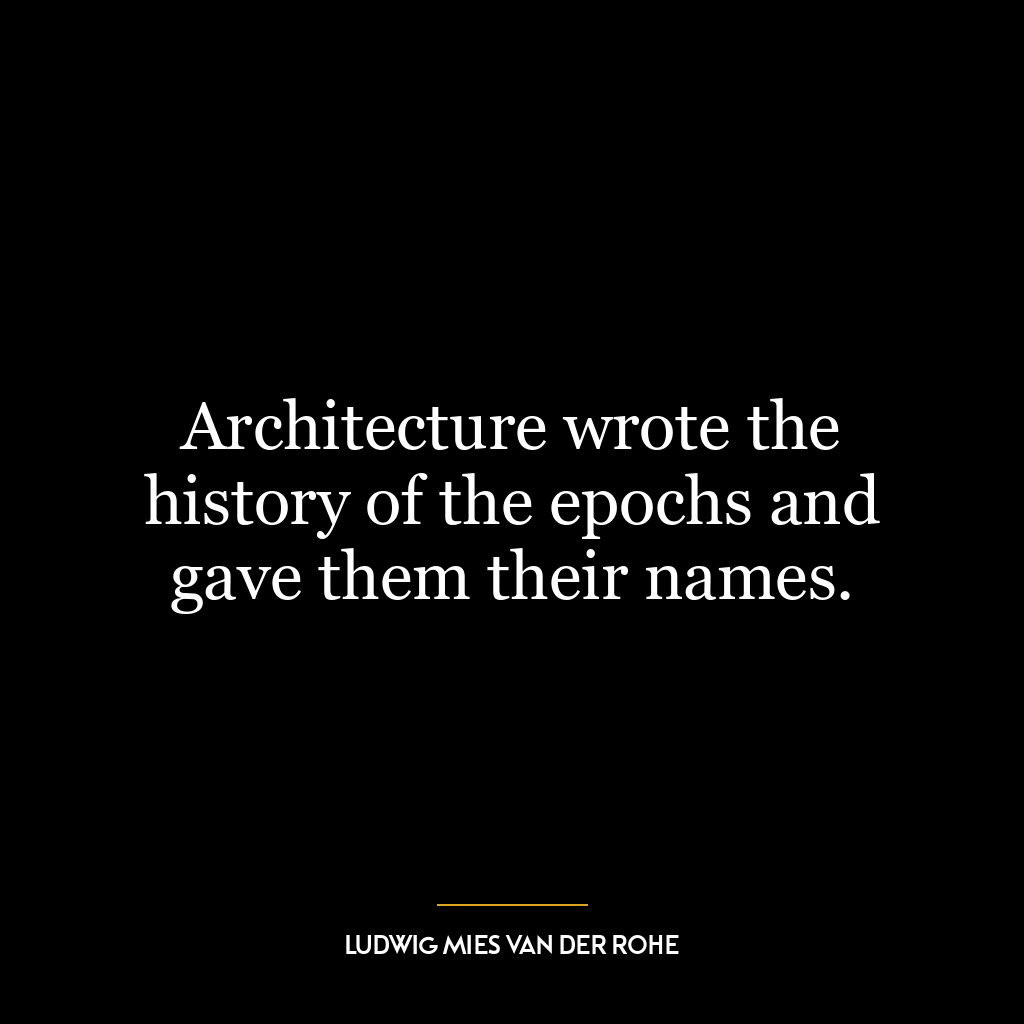Leon Battista Alberti Quotes
- Architect
- Italy
- 1404
Leon Battista Alberti (1404-1472) was an Italian Renaissance humanist, architect, and polymath. He is best known for his works on architecture, which include the treatise De Re Aedificatoria, the first modern work on the subject, and the design of the Palazzo Rucellai in Florence. He was also a prol…Read More
Leon Battista Alberti (1404-1472) was an Italian Renaissance humanist, architect, and polymath. He is best known for his works on architecture, which include the treatise De Re Aedificatoria, the first modern work on the subject, and the design of the Palazzo Rucellai in Florence. He was also a prolific writer, producing works on a wide range of topics including mathematics, philosophy, and art. Alberti was a major influence on the development of the Renaissance, and his ideas on architecture, art, and science were highly influential in the development of the modern world.Read Less
Leon Battista Alberti (1404-1472) was an Italian Renaissance humanist, architect, and polymath. He is best known for his works on architecture, which include the treatise De Re Aedificatoria, the first modern work on the subject, and the design of the Palazzo Rucellai in Florence. He was also a prolific writer, producing works on a wide range of topics including mathematics, philosophy, and art. Alberti was a major influence on the development of the Renaissance, and his ideas on architecture, art, and science were highly influential in the development of the modern world.
17 Best Leon Battista Alberti Quotes
Leon Battista Alberti Career Highlights
Leon Battista Alberti was a renowned Italian architect, artist, and scholar during the Renaissance period. He is best known for his contributions to the fields of architecture, mathematics, and philosophy.Born in 1404 in Genoa, Italy, Alberti received a humanist education and studied law at the University of Bologna. However, his true passion was in the arts and he soon began to pursue a career as an architect.In 1428, Alberti moved to Florence and began working as an assistant to Filippo Brunelleschi, one of the most influential architects of the time. He quickly gained recognition for his skills and was commissioned to design several buildings, including the Church of Sant’Andrea in Mantua and the Tempio Malatestiano in Rimini.
Key Contributions by Leon Battista Alberti
Alberti’s most significant contribution to architecture was his treatise “De re aedificatoria” (On the Art of Building), which became a fundamental text for Renaissance architects. In this work, he emphasized the importance of mathematical principles and classical proportions in architecture, and introduced the concept of the “perfect” building.He also made significant contributions to the field of mathematics, particularly in the areas of geometry and perspective. His work on perspective, in particular, had a profound impact on the development of painting and sculpture during the Renaissance.
What Sets Leon Battista Alberti Apart
What sets Alberti apart from his contemporaries is his multidisciplinary approach to art and architecture. He was not only a skilled architect but also a talented artist, writer, and philosopher. His knowledge and expertise in various fields allowed him to create innovative and influential works that continue to inspire artists and architects to this day.
Takeaways
Leon Battista Alberti’s career highlights and key contributions have solidified his place as one of the most influential figures of the Renaissance period. His multidisciplinary approach to art and architecture, as well as his emphasis on mathematical principles and classical proportions, continue to shape the way we think about and create buildings today. His legacy serves as a reminder of the enduring impact of the Renaissance on art, architecture, and culture as a whole.

